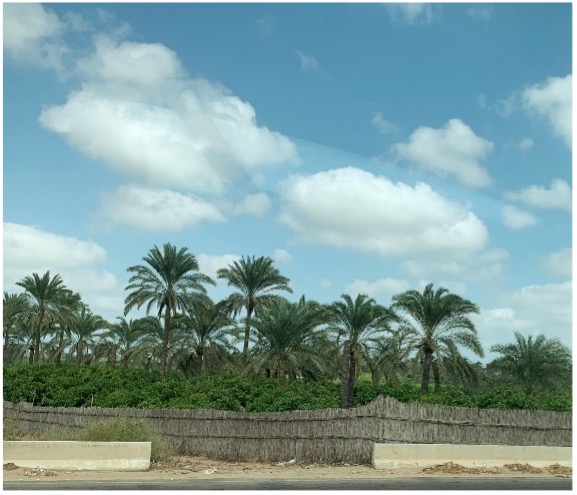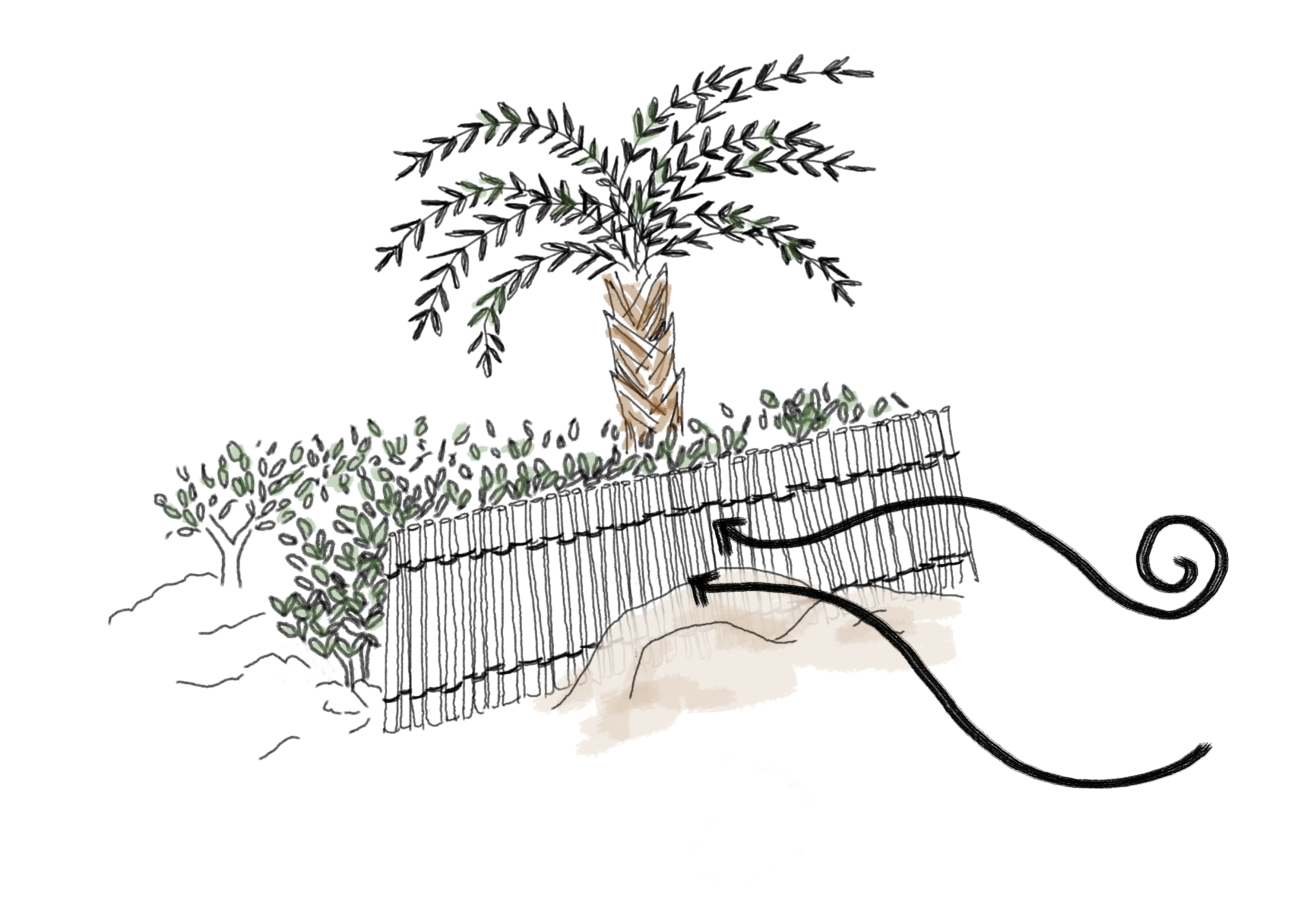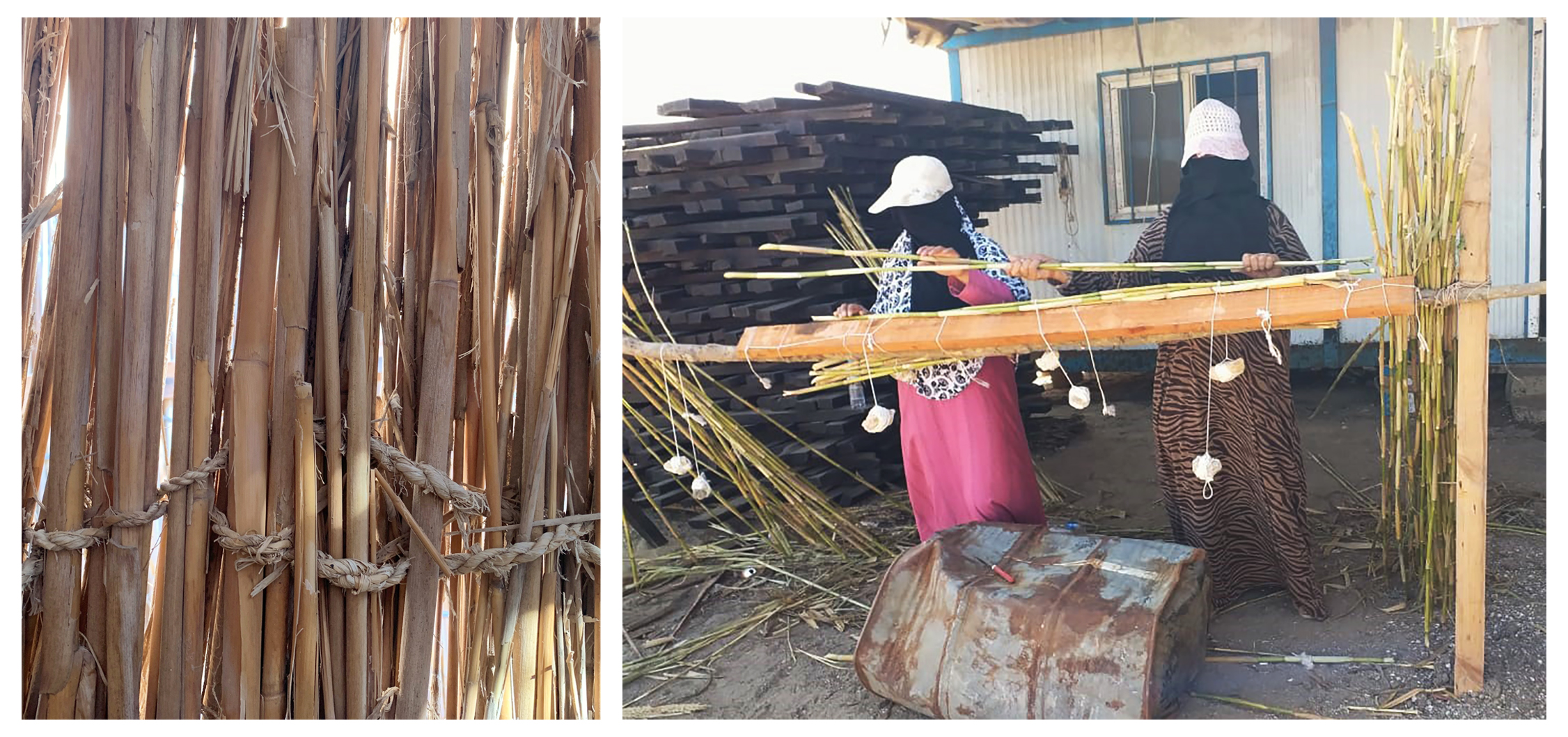Alik Mikaelian, Head of solutions mapping
Learning from local ingenuity – how simple reed fencing has unlocked a solution to rising sea levels in Egypt
July 31, 2022
Arriving by bus after a three-and-a-half-hour journey north from Cairo, visitors to Kafr El Sheikh at the tip of the Nile Delta are greeted by a sweeping view of the Mediterranean broken up by the outline of the new mighty dykes built to protect the region and the country from rising sea levels.
The Nile Delta is one of the regions most vulnerable to changes in sea levels as a result of climate change, with the IPCC predicting that sea levels worldwide will rise between 30 and 60cm unless the obligations under the Paris Agreement are met by all parties.
People living here do not need reports to tell them what is to come: they are already feeling the impacts of climate change in their everyday lives.
From frequent and intense floods to heatwaves and winds, these impacts threaten their safety and livelihoods and make it difficult to plan for the future. These communities are not just experiencing climate change but facing climate crisis.
Tackling the complex development challenges of climate change is not simply a matter of setting targets from above but involves learning from people on the ground who have already come up with their own creative and frugal solutions to address these challenges in their own daily lives.
Learning from people’s adaptations at local level is crucial for identifying practical solutions that can be supported and scaled up to apply at regional and national level.
To recognise the value of these solutions, however, we must first recognise that just because a problem may be highly complex this doesn’t mean that solutions can’t be affordable, accessible and sustainable.
Grassroots innovations are typically created by people in civil society in response to local situations that have not been addressed by governments. As Professor Anil Gupta, the founder of the Honey Bee Network, explains: “Rather than looking at inhabitants of poor regions collectively as a sink for aid and advice, we need to recognize their contributions formally as a source of inventions and innovations.”
And this is where the dykes of the Nile Delta come in as a prime example of a simple but effective local grassroots solution to the daunting challenge of climate change.

I was travelling to Kafr El sheikh to visit the site of a GEF/UNDP project aimed at protecting people and the economy from the devastating impacts of sea-level rise.
This project includes testing cost-efficient, environment friendly and nature-based solutions using locally sourced natural materials to stop seawater from flooding the farmlands of the Delta. With funding from the Global Environmental Facility and UNDP, the project for “Adaptation to Climate Change in the Nile Delta through Integrated Coastal Zone Management” was set to significantly reduce the impacts of floods.
As we were approaching the project site, it caught my attention that all the farms in this area were bordered with reed fencing.
Always on the look-out for local solutions, I photographed the fencing to ask about it later. Little did I know that the dykes we were on our way to see were built on the basis of this very same grassroots innovation.
The secret of the reed fences was revealed to me by my colleagues. They told me how a team of researchers and engineers involved in the GEF/UNDP project had first toured the region to ask local people about the ways they protected their land from floods and strong winds. The local farmers in the Delta had told them about the importance of the simple reed fences, explaining how the fences worked to break the wind and block the sand in the wind, making the sand accumulate into small dunes. These dunes grew with time and served to reduce the impacts of flooding.

The engineering team took these local insights and started designing three different prototypes for the dyke structure, testing various combinations of materials and mechanisms that are nature-based and cost significantly less than any equivalent hard structure. After a year, they analysed the results and built a second iteration that combined different elements from all three prototypes.

This version, as can be seen in the pictures below, is based in large part on the use of reed fences and has been scaled up to build 69 km of protection in vulnerable hotspots across the coasts of Egypt.

Protecting Egypt’s coastal areas no simple feat. It requires not only the technical knowledge of how to build structures that can withstand tremendous pressure over time but also the engagement of many different actors – from local farmers, fishing communities, coastal guards and people involved in tourism.
Engaging the community early on and giving them a space to be heard has greatly impacted the success and ownership of the project. The structures that have been built take into account not only the natural but also the social environment. This means ensuring easy access to the sea for people whose lives depend on fishing, preserving sustainable quail-hunting practices, and allowing coast guards to secure the area with minimal obstruction to their sight.
In addition, investing in a local grassroots innovation meant investing in a local craft and providing jobs to both women and men who build those fences with their hands using reeds sourced from Lake Burullus.

Both through our UNDP Egypt office and the Accelerator Lab, we are determined to continue engaging with communities and people on the ground leading change on different scales.
The story of the mighty dykes is a testament to how local grassroots innovations can prove gateways to more affordable, accessible, and participatory approaches to addressing development challenges.
Whether you are a mother who has modified a home appliance to suit her needs or an engineer that has designed a new technology, we want to hear from you and learn how you are transforming the future of your community in Egypt and elsewhere.
What other local grassroots innovations do you know of that people should learn about? Send us an email at comm.eg@undp.org
The story of the mighty dykes is a testament to how local grassroots innovations can prove gateways to more affordable, accessible, and participatory approaches to addressing development challenges.

 Locations
Locations